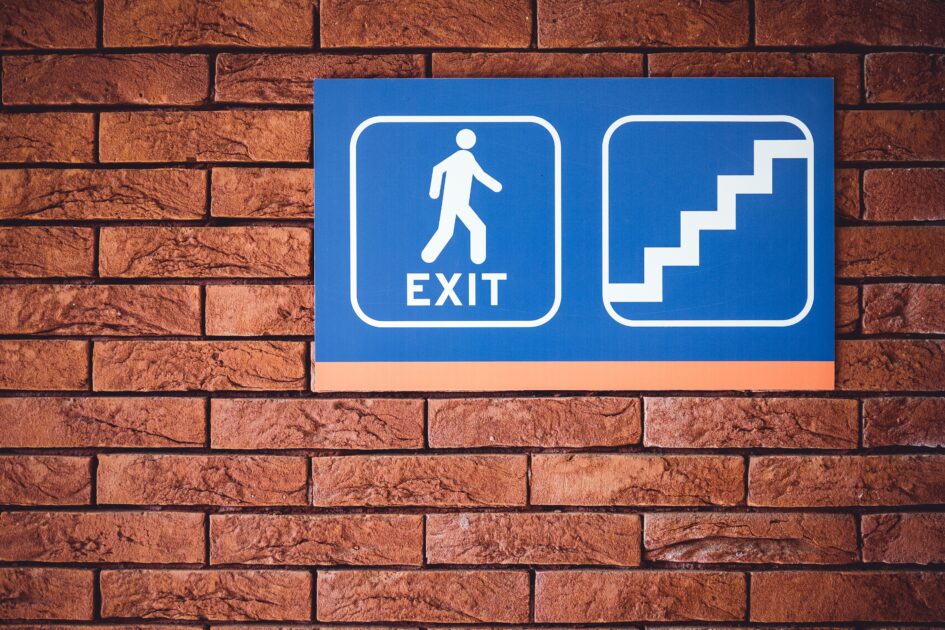Fire safety is an essential concern for homeowners. Each year, thousands of homes are damaged, and lives lost, in the event of fires. Protecting your home and family from fire hazards starts with understanding the right safety measures to implement. In this blog post, we will discuss some crucial fire safety practices to ensure the well-being of your loved ones and property.
Install Smoke Alarms and Test Them Regularly
Smoke alarms are the first line of defense against fires, providing early warnings that could save lives. Install smoke alarms on every floor of your home, particularly near sleeping areas. Test the alarms monthly to ensure they are functioning properly, and change the batteries at least once a year.
Maintain Your Electrical System
Overloaded electrical circuits and improper use of extension cords can lead to fires. Ensure that your home’s electrical system is up-to-date, and never plug more than one high-wattage appliance into a single outlet. Avoid using damaged electrical cords and regularly inspect your home for electrical hazards.
Consider Hiring Fire Watch Services
In situations where your fire alarm or sprinkler systems are temporarily out of service, or when a building is under construction, you might want to consider hiring guards for fire watch services. These professionals are trained to monitor the area for any signs of fire and take appropriate action to prevent disasters, ensuring the safety of your property and its occupants.
Install Fire Extinguishers and Know How to Use Them
Having a fire extinguisher at hand can help you douse a fire before it gets out of control. Place fire extinguishers in key areas, such as the kitchen, garage, and bedrooms. Familiarize yourself and your family members with basic fire extinguisher operation using the PASS (Pull, Aim, Squeeze, Sweep) method.
Ensure Proper Ventilation
Proper ventilation can help prevent fires by reducing the buildup of smoke and heat in enclosed spaces. Ensure that vents, chimneys, and other air passages are clean and free of obstructions. This will allow for proper airflow and reduce the risk of overheating and fire hazards.
Create and Practice a Fire Escape Plan
Having a fire escape plan can increase your chances of getting out safely during an emergency. Develop a comprehensive plan that includes two ways to exit each room, and designate an outdoor meeting spot for your family members. Practice the escape plan at least twice a year to ensure that everyone knows the drill.
Teach Your Kids Fire Safety
Children should learn about the dangers of fire and how to respond in the event of an emergency. Teach them the importance of fire safety measures, such as not playing with matches or lighters, and how to stop, drop, and roll if their clothing catches fire. Educate them about the fire escape plan and what to do if they hear a smoke alarm.
Keep Flammable Materials in Check
Many household items can fuel a fire, such as chemicals, paper, and fabrics. Make sure to store flammable materials away from heat sources, avoid clutter, and dispose of combustible waste regularly. Also, keep a safe distance between space heaters and flammable objects to reduce the risk of fires.
Maintain a Safe Cooking Environment
Kitchens are common places for fires to begin. Practice safe cooking habits by never leaving food unattended on the stove, keeping flammable items away from heat sources, and turning pot handles inward to avoid accidental spills. Clean cooking surfaces regularly to prevent the buildup of grease and materials that could ignite.
Don’t Overload Plugs and Examine Them Regularly
Overloaded plugs can lead to overheating and electrical fires. Avoid plugging several devices into a single socket, and keep an eye on plugs and cords for signs of wear or damage. Replace any worn-out plugs or cords immediately to reduce the risk of fires.
Use Caution with Open Flames and Heat Sources
Open flames, such as candles and fireplaces, can be hazardous if not managed correctly. Always keep an eye on open flames, and use fire screens or glass doors to prevent embers from escaping. Extinguish candles before leaving a room or going to bed, and ensure that heating equipment is turned off at night or when not in use.
Conduct Annual Inspections
Having an annual fire safety inspection by a professional is an effective way to identify potential hazards and ensure that your home is equipped with appropriate fire prevention measures. This inspection should include your heating system, electrical system, and any other appliances that may pose a fire risk.
Monitor Outdoor Fire Hazards
Outdoor fires can quickly spread and cause damage to your home. Keep your property free of dry leaves, debris, and flammable materials to reduce the risk of outdoor fires. Also, practice safety when using outdoor fire pits or grills by maintaining a proper distance from flammable objects and keeping a fire extinguisher nearby.
Communicate with Neighbors
Establishing open communication lines with neighbors can be beneficial in case of emergencies. Share your fire escape plan with them and coordinate efforts to help each other in times of crisis. Neighbors can also alert you if they notice any fire hazards or concerns that you might have missed, ensuring the entire community stays safe from potential fires.
Implementing these crucial fire safety measures can help protect your home and family from the devastating effects of fires. Remember, prevention is the best protection. Stay vigilant and invest in proper safety measures to secure your loved ones’ well-being and your property’s longevity.
